
EU HRC market activity sluggish as buyers resist purchases
“Prices may go down further in Q2,” an Italy-based service center source said.
Lack of real demand led to some market participants anticipating mills to trim output, but others mentioned that lack of interest in imports may prompt producers to remain firm.
Offers were reported at Eur700/mt ex-works Ruhr for domestic HRC in Northwest Europe.
Platts assessed the price of domestic HRC in Northwest Europe stable on the day at Eur690/mt ex-works Ruhr March 12.
Interest in imports remained muted despite offers heard from Asian producers due to uncertainties about safeguard quotas.
“No one wants to risk buying imported material,” an Italian mill source said. “There are risks of every kind from safeguard quota exhaustion to price volatilities.”
Asian mills were heard making offers at Eur610-620/mt CIF Antwerp for July arrival cargoes.
Platts assessed the price of imported HRC in Northwest Europe stable on the day at Eur614/mt CIF Antwerp March 12.
Author Rituparna Nath, rituparna.nath@spglobal.


Germany launches first climate CFD tender with Eur4 billion on offer
Companies are to bid in a required carbon price supplement for projects to proceed. Those with the lowest supplement to compliance carbon prices in the EU ETS will proceed.
The first tender focuses on mid-sized companies in the paper, glass, chemical, steel and metals sectors.
Support has been capped at Eur1 billion per project, with a typical 15-year support contract more likely to sum in the triple digit hundred million euros range, the ministry said.
“We want to keep industrial production and sustainable jobs in Germany,” said energy minister Robert Habeck.
Companies can use funds to switch to greener processes using renewable power or clean hydrogen, or to add carbon capture equipment to existing processes.
Pre-qualified companies can now submit bids with the first tender closing in June. A second tender focused on larger projects is to open in the summer and two tenders more are planned for 2025.
Industrial carbon target
In total, the instrument is estimated to support some 350 million mt of CO2 savings by 2045 amounting to around 20 million mt/year, which is a third of the 2030 emissions reduction target for German industry, the ministry said.
The German industry, which saw annual CO2 emissions plunge 12% on year in 2023 to around 144 million mt, needs to hit a 2030 sector target of 118 million mt under Germany’s climate law.
Platts, a unit of S&P Global Commodity Insights, assessed the Dec. 2024 EUA contract at Eur56.13/mt on March 11.
Analysts at S&P Global forecast EUAs to average around Eur54/mt in 2024, rising to a Eur82/mt average in 2025.
Basis for the contracts is a dynamic CO2 price adjusted to market trends for EUAs, clean hydrogen and electricity, the ministry said in supporting documents for the tender.
Author Andreas Franke, andreas.franke@


Acciaierie d’Italia attracts five interested companies: minister
Five multinational companies are interested in troubled steelmaker Acciaierie d’Italia (ADI), formerly known as Ilva, Italy’s Minister of Enterprises and Made in Italy Adolfo Urso said after a meeting with trade unions in Genova last week. Three of these five companies have projects that are “rather structured”.
“In Piombino, we managed to implement two different and complementary industrial projects. That of the Indian group [JSW] that has finally stated its intention to invest in the rail mill and that of the new investor, the largest Ukrainian multinational … the group Metinvest together with Danieli. I think this may be a model to apply in this case. We intend to build a national steel plan to present to the country before the summer, capable of showing the strategic objectives of the government,” Urso told local press.
The plan will include the relaunch of the former Ilva’s steelmaking sites, the relaunch of Piombino and Acciai Speciali Terni with Arvedi.
Last week, Urso and ADI commissioners Giancarlo Quaranta, Davide Tabarelli and Giovanni Fiori visited the plant in Genova. Union sources say the commissioners will implement a mapping of the equipment at the Taranto steelworks to understand the maintenance required.
ADI was declared insolvent by the Milan tribunal due to “an absence of liquidity”. This officially triggered the procedure of special administration initiated last month that took control of the firm from ArcelorMittal. It allows the state to inject into the company the necessary funds to guarantee production continuity (see Kallanish passim).
Authorities are seeking private investors for ADI after Prime Minister Giorgia Meloni said the government intends to avoid nationalisation. It is rumoured to be in talks with local steelmaker Arvedi, but also with Metinvest and Jindal Steel subsidiary Vulcan Green Steel.
Meanwhile, the commissioners have appointed Giuseppe Cavalli as director general of ADI.
Natalia Capra France


Abandoning ‘Power Pools’ hampers steel electrification: UK Steel
The UK government’s abandoning of the Green Power Pools policy proposal is a blow to the steel industry’s electrification aspirations. The move will likely hit steelmakers with higher wholesale electricity prices for many years before new generation is deployed in their locality, says UK Steel.
The Green Power Pool was one of the key proposals in the government’s Review of Electricity Market Arrangements (REMA) consultation process. Power Pools have been adopted in France, Italy and Greece and were proposed by government because of their ability to deliver a more efficient energy system and provide lower prices for industry.
The government has however confirmed that it will only proceed with a locational marginal pricing (Zonal LMP) model. Zonal LMP would separate the network into many individual zones, each zone with its own price, to encourage new generation near demand and encourage power users to locate near existing generation, UK Steel says. Steelmakers cannot however relocate to lower-price zones.
With a further switch to electric arc furnaces, it is expected that the sector’s electricity consumption will roughly double.
“Government is missing a golden opportunity to ensure electrified, green steelmaking can thrive in the UK,” UK Steel energy and climate change policy manager Frank Aaskov says in a note sent to Kallanish.
“As the steel industry switches to electric furnaces to reach vital Net Zero targets, we must not lose sight of how important electricity costs are in the move to green steel. We paid £117 million [$150m] more for our electricity in 2023 than our European competitors. Discarding the Green Power Pool proposal makes it unclear how the Government seeks to fix this,” Aaskov continues.
“The Government has worked hard to deliver its Industry Supercharger package to reduce industrial electricity costs, only for it to go forward with wholesale market reforms which could increase power prices. This is like giving with one hand, while taking with another,” Aaskov concludes.
Adam Smith Poland

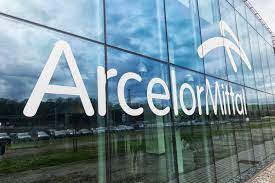
ArcelorMittal agrees to buy 28% stake in Vallourec
ArcelorMittal has agreed to acquire 28.4% of French tubing producer Vallourec for approximately €955 million ($1.09 billion), Kallanish learns from a press release issued by the Luxembourg-based steelmaking giant late Tuesday.
ArcelorMittal will purchase 65.2 million Vallourec shares for €14.64/share from funds managed by Apollo Global Management. The parties expect to close the transaction in the second half of 2024, pending regulatory approvals.
ArcelorMittal ceo Aditya Mittal calls Vallourec “a quality, high added-value tubular business, with established positions of strength in the attractive Brazilian and US markets.”
Vallourec provides premium tubular goods for energy, automotive and construction. The statement says 85% of Vallourec’s 2.2 million tonnes of annual rolling capacity is focused around low-carbon, integrated production hubs.
“It has a critical role to play in the energy transition, producing vital products for hydrogen, [carbon capture] and geothermal applications, for which demand is expected to grow,” Mittal adds. “It also has a comparatively low carbon footprint with ambitious improvement targets.”
ArcelorMittal specifies that it will not pursue a tender offer for the remaining Vallourec shares over the next six months.
Dom Yanchunas USA

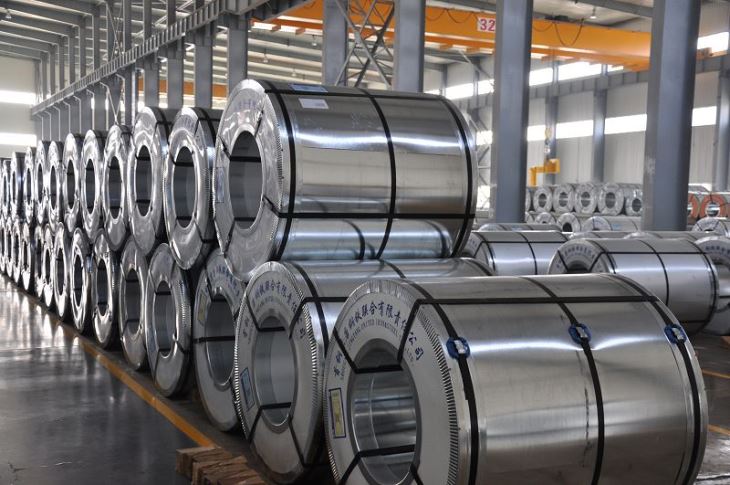
EU renews anti-dumping measures on Chinese HDG for another five years
An expiry review was started in February 2023, which concluded that injurious dumping would resume if measures were allowed to lapse, Fastmarkets understands.
The main export destinations for Chinese HDG were Thailand, South Korea, Vietnam, Brazil, Indonesia, Israel, Chile, Peru and Japan, according to data from the Global Trade Atlas (GTA).
The average export price for Chinese HDG was 15% lower than the price prevailing on the EU market during the review investigation period (February 2023-March 2024).
On top of that, shipping costs from China to Europe decreased significantly during the investigation period, the Commission said.
“If the measures were to expire and the prices at which the Chinese exporting producers would export the product concerned to the [European] Union were in line with the export price to third countries observed during the review, the level of dumping would be significant,” the Commission said.
The decision to maintain the AD duty in the range of 17.2-27.9% — depending on the supplier — for another five years was announced in the Official Journal of the EU on Monday and will come into effect on Tuesday March 12.
Renewing these measures on HDG imports from China was necessary to continue to ensure fair competition between imported and EU-produced HDG, Fastmarkets understands.
Market brief
European HDG prices have been falling since the beginning of February amid weak end-user demand.
“Lack of demand remains the key issue,” a buyer in Italy said. “Prices are sinking lower, but nobody’s buying because there is a perception that rock bottom has yet to be reached.”
“Most buyers have sufficient stocks and in fact are trying to lower their inventories,” a trading source in Europe said.
“My impression is that, due to low activity in the construction market and the threatening downturn in the automotive sector, nothing spectacular will happen,” the trading source added. “Besides, high interest rates don’t stimulate investments.”
Fastmarkets’ weekly price assessment for steel hot-dipped galvanized coil domestic, exw Northern Europe was €820-830 per tonne on March 6, down by €10-20 per tonne from €830-850 per tonne a week earlier.

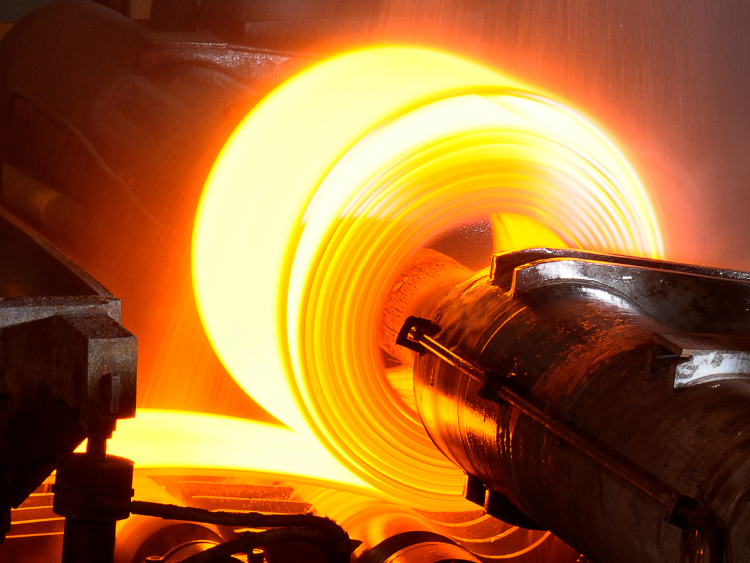
EU HRC market remains bearish on poor end-user demand
“There is no demand in the market at present at all,” a German service center source said. “Prices can go further down in the near term.”
Some market participants said mills may have to trim their output if real demand does not recover in the short term.
Steelmakers, however, remained firm regarding current output levels, as poor demand for imports has forced buyers to purchase from domestic mills.
“We are not under pressure to cut output. Capacities are good for now,” a Benelux-based mill source said.
Tradable values for domestic HRC in Northwest Europe were estimated at Eur660-680/mt ex-works Ruhr March 11. Offers were heard at Eur700/mt ex-works Ruhr.
Platts assessed the price of domestic HRC in Northwest Europe down Eur10/mt on the day at Eur690/mt ex-works Ruhr March 11.
Uncertainties regarding safeguard quotas for Q2 deterred buyers’ interest in imported HRC, with a source saying that “No one knows how long the quotas for other countries will last in Q2.” “It might get exhausted within a day or two of being announced.”
Offers for imported HRC were heard at Eur610-650/mt CIF Antwerp, all for the third-quarter arrival. Meanwhile, a deal was reported at Eur625/mt CIF Antwerp for August delivery.
Platts assessed the price of imported HRC in Northwest Europe stable on the day at Eur614/mt CIF Antwerp March 11.
Author Rituparna Nath, rituparna.nath@spglobal.

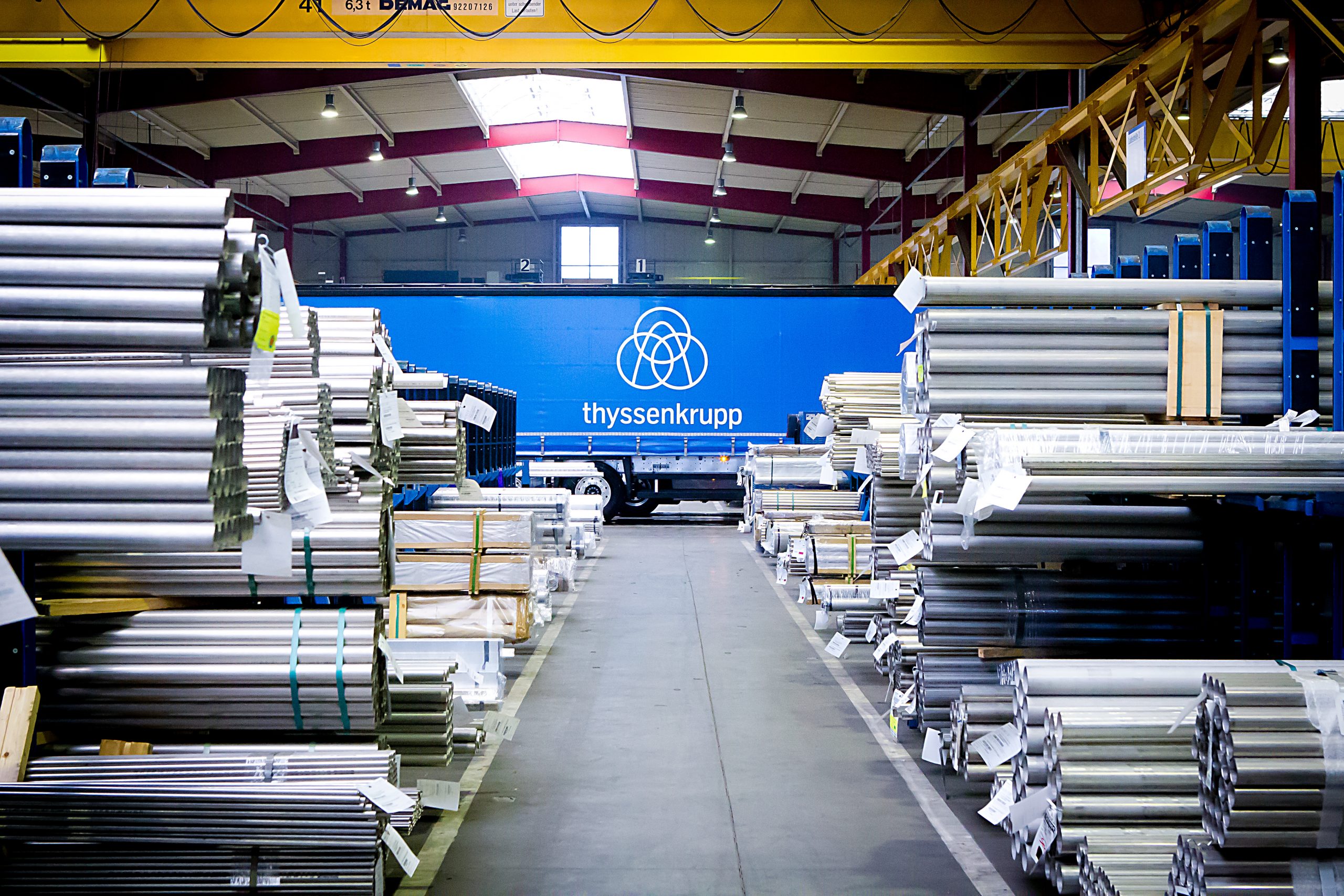
Thyssenkrupp seeks lower-emission tugboat fleet
Thyssenkrupp Veerhaven, the logistics subsidiary of thyssenkrupp Steel Europe based in Rotterdam, has commissioned designs for a climate-friendly pusher tug.
For thyssenkrupp Veerhaven, this is the next port of call on its voyage to the sustainable fleet of the future, the parent company says. Following the evaluation, its seven pusher boats are to be gradually superceded by environmentally friendly models at the end of their technical service life, Kallanish hears.
The seven tugs ply a route between Europoort Rotterdam and the Ruhr area throughout the year, transporting around 18 million tonnes of raw materials for the iron and steel plants. According to tk Steel, the use of methanol as a fuel could save around 80% of current CO2 emissions, compared with the fossil-fuel diesel. The planned ships will be optimised for lower water levels, as the River Rhine tends to dip below critical levels more and more frequently during the summer months.
Normally, thyssenkrupp Veerhaven directly commissions shipyards to build a new vessel.
“For the uncharted waters of sustainable fuels, however, we took an innovative approach and arranged for specialist design offices to prepare offers for three separate designs,” says the unit’s ceo, Frank Tazelaar.
Christian Koehl Germany

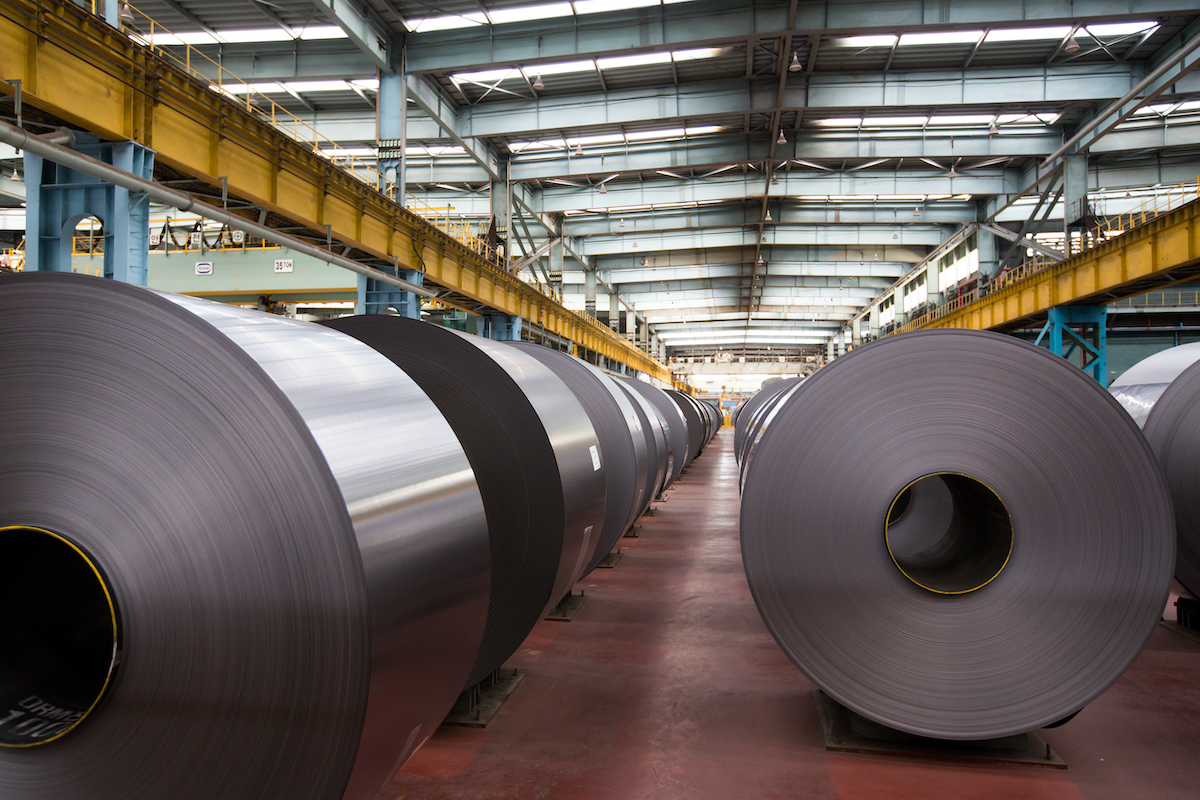
European HRC prices slide further; buyers waiting for ‘rock bottom’
Fastmarkets calculated its daily steel HRC index, domestic, exw Northern Europe, at €699.33 ($764.92) per tonne on Monday, down by €4.92 per tonne from €704.25 per tonne on March 8.
The index was down by €15.67 per tonne week on week and by €51.17 per tonne month on month.
In Northern Europe, offers of HRC were heard around €720-730 per tonne ex-works from integrated producers, but market participants estimated this level to be unworkable.
According to buyers, tradable market levels were in the range of €680-710 per tonne ex-works.
Demand remained weak, and no major deals were heard in the market.
“No matter what the price is now, there is no demand [and] there are no [HRC] volumes [being] traded,” a steel service center in Germany said.
Market participants were convinced that the “rock bottom” of HRC prices has yet to be reached. Due to this expectation, buyers continued to refrain from trading.
“No one intends to sign contracts in a falling market,” a buyer source told Fastmarkets, adding that buyers’ strategy to postpone bookings and bring prices down was being successful. Now customers were trying to bring prices below the €700 per tonne ex-works mark, but it was not clear where the bottom would be.
“The downtrend is not over yet, and prices are likely to keep sliding,” a second buyer source told Fastmarkets.
But there were differing expectations for the “rock bottom” of HRC prices in Northern Europe. A third buyer source expressed the opinion that it would be around €650 per tonne ex-works, while a seller source said that prices would stabilize around €680 per tonne ex-works.
“There is plenty of speculation about the rock bottom for the [HRC] price,” a second buyer source said. “One thing is clear – mills cannot keep reducing prices [because] the cost line is already close. Production cuts [at European mills] might help to stop the downtrend.”
In Southern Europe, Fastmarkets’ steel HRC index, domestic, exw Italy, was calculated at €675.00 per tonne on Monday, down by €3.75 per tonne from €678.75 per tonne on March 8.
The index was down by €19.00 per tonne week on week and by €73.75 per tonne month on month.
In Italy, offers of HRC were heard at €690 per tonne delivered, which would net back to €680 per tonne ex-works.
Market participants estimated the tradable market price in the range of €680-690 per tonne ex-works.
“Room [for further price decreases] is limited,” a fourth buyer source said, adding that a further price drop by €20-30 per tonne was still possible.
Import offers of HRC from Vietnam to Italy were heard at €595-600 per tonne CFR.
According to the first buyer source, the tradable price for imports was in the range of €580-600 per tonne CFR, pointing out that sizeable tonnages of HRC were already stored in EU ports waiting for customs clearance in the second quarter of the year.

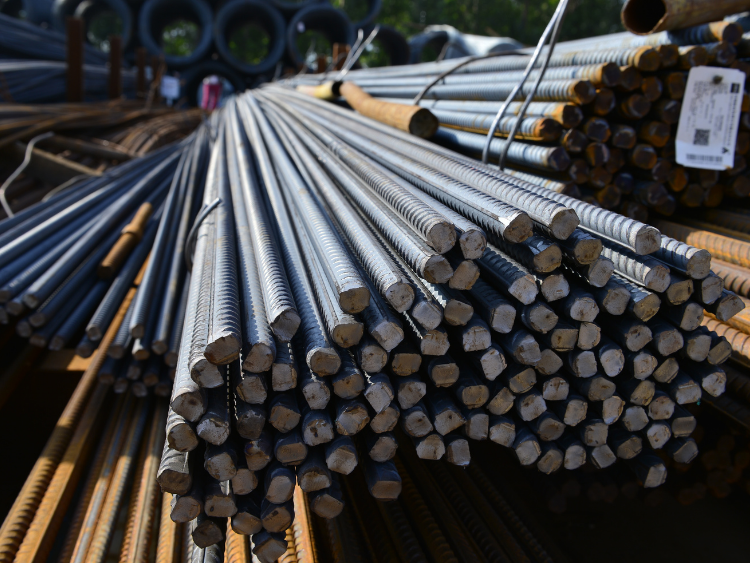
Stagnation deepens in Italian longs market
Merchant bar sales are being concluded every week but only for very low volumes. Producers however prefer to lose orders rather than accept lower values. Italian domestic merchant bar prices are hovering at €300-330/tonne ($328-360) base delivered. Including size extras, prices are at €700-750/t, sources suggest. Sources say that a workable level that may move some volumes is about €280-290/t delivered.
Wire rod prices are declining to €640-650/t delivered (see separate article) and orders for downstream products are also weak, while some more demand is reported for sections. The beams market is however also stuck, with sales back-to-back and volumes low. Prices nevertheless remain mostly stable.
The first category of beams stands at €780-790/t ex-works but cheaper material offered from other EU countries is expected to drag down domestic prices. Both producers and distributors are dealing with tight margins and no improvement is seen this month in volumes or consumption.
The longs market outlook for March and the second quarter remains negative, with the looming possibility of a strong price decrease.
Natalia Capra France


